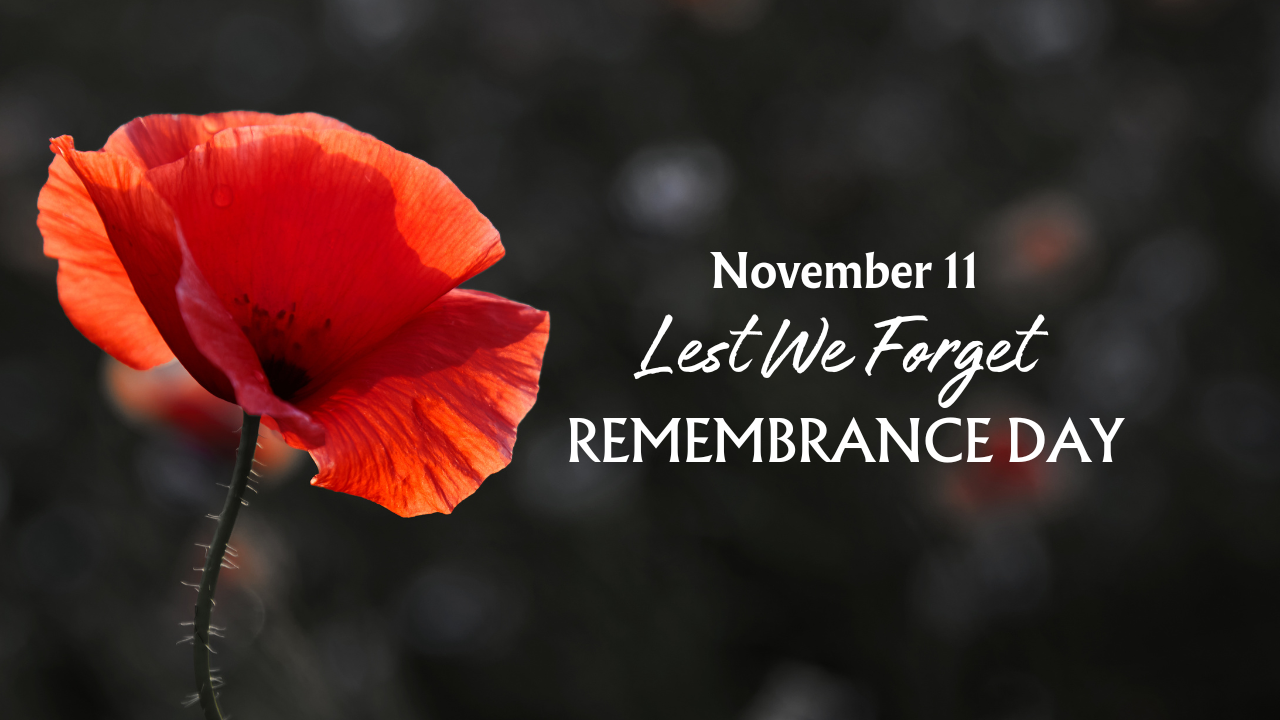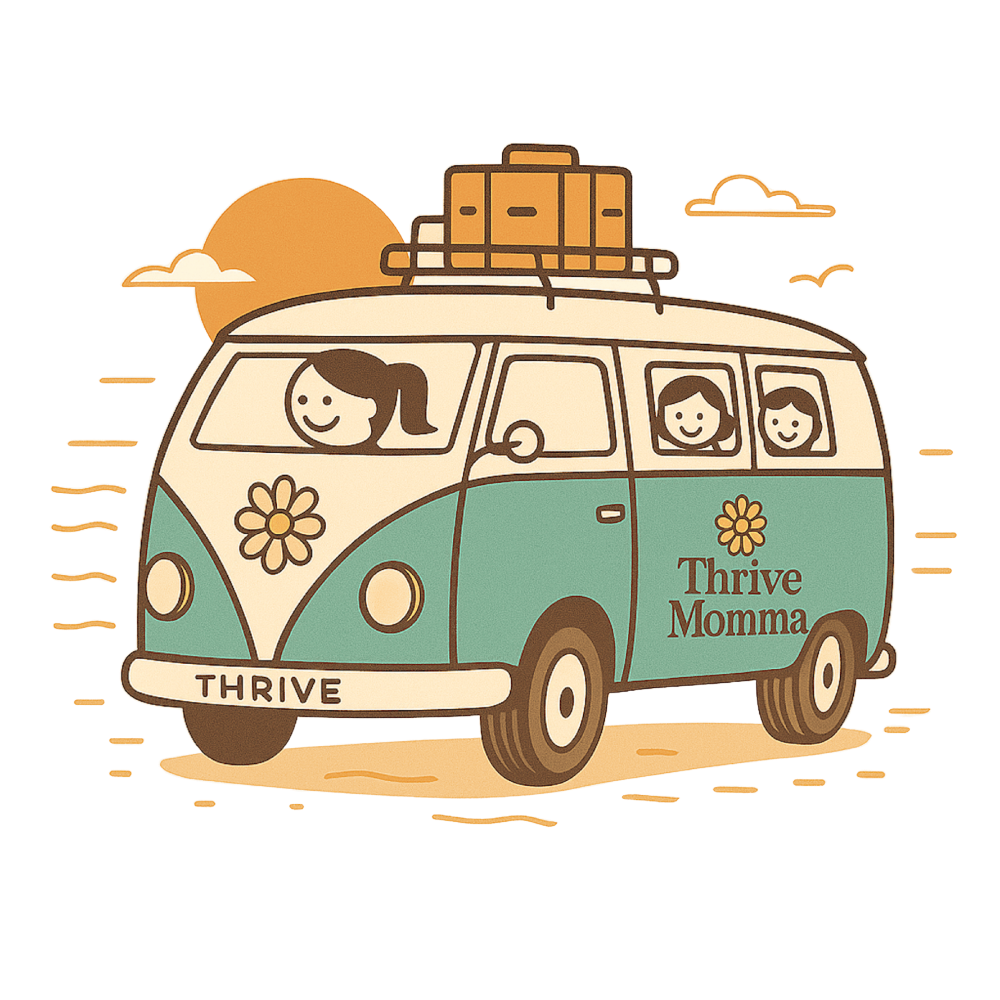Remembrance Day, Lest We Forget; teaching our children the message /lesson in age-appropriate ways
Nov 11, 2025
The poppy pin falls off (again). Your little one asks, “Why do we wear these flowers?” Your teen wonders if two minutes of silence even matters.
This post helps you answer—gently, clearly, and in a way that fits each child’s age and needs.
Quick Takeaways
-
Simple language for preschoolers, deeper context for older kids and teens—without scary details.
-
Trauma-informed, culturally inclusive tips (including for neurodiverse learners).
-
A step-by-step plan for November 11 (at home or attending a ceremony).
-
A printable guide: “How Do We Get the Message Across” (free download below).
Why Remembrance Day matters (in plain language)
In Canada, November 11 is a day to remember people who served in times of war and peacekeeping and to honour lives lost. We pause for Two Minutes of Silence at 11:00 a.m. to reflect on courage, sacrifice, and our shared hope for peace.
The red poppy is a symbol of remembrance—it helps us keep the message close to our hearts.
For kids, our goal is simple: connect the day to gratitude, empathy, and choosing peace in everyday life.
Teaching by age: what to say, what to do
Preschool (3–5)
-
Say: “Remembrance Day is when we say thank you to people who helped keep us safe. We wear a poppy to remember.”
-
Do: Make a paper poppy, draw a picture of kindness, place a poppy near a candle (unlit if preferred).
-
Keep it gentle: One or two sentences are enough. Avoid details about death or violence.
Early Elementary (6–8)
-
Say: “We remember so we can practice kindness and choose peace. Some people went to help and didn’t come home. We honour them.”
-
Do: Practice the Two Minutes of Silence at home; write a thank-you card for a veteran or elder; visit a local memorial with an adult.
-
Support: Use a short visual schedule for the day (poppy → quiet time → snack).
Upper Elementary (9–12)
-
Say: “Remembrance Day helps us learn from the past—about service, sacrifice, and how war affects families and communities.”
-
Do: Read a child-friendly article together; map a few rights and freedoms we enjoy; brainstorm one action for peace this week.
-
Think: “How do we treat people who are different? How can we be helpers now?”
Teens (13+)
-
Say: “What does ‘Lest We Forget’ mean in 2025—for us, here? How do we honour past courage and build peace today?”
-
Do: Discuss Canada’s role in global conflicts and peacekeeping; compare sources; plan a small act of service or advocacy.
-
Lead: Invite your teen to plan the family’s 11:00 a.m. ritual.
A trauma-informed, inclusive approach
-
Mind tender hearts. Many children (and adults) carry anxiety or past experiences. Offer opt-ins, not forced exposure.
-
Preview the plan. Describe what will happen and how long the quiet will be.
-
Give outs. If a school assembly feels too intense, ask about alternatives (classroom reflection, guided reading, or a quiet space).
-
Cultural lenses. Families in your community may have personal histories of war, displacement, or service. Invite stories without pressure.
-
Neurodiversity-friendly. Use visuals, short segments, movement breaks, and a calming object to hold during the silence.
Simple rituals for November 11 (home or community)
-
Wear or place a poppy together. Talk about what it symbolizes.
-
Two Minutes of Silence at 11:00 a.m. Hold hands or sit comfortably; breathe together.
-
Read a short poem or phrase. Then share one word you want to carry forward: peace, courage, kindness, fairness.
-
Gratitude action. Write a thank-you note, tidy a shared space, or donate to a support organization.
-
Debrief. Ask: “What did you feel? What do you want to remember?”
Conversation starters you can borrow
-
“What do you already know about Remembrance Day?”
-
“What questions do you have?”
-
“How do you feel when you see people wearing poppies?”
-
“Where do you see people choosing peace in our community?”
-
Teen add-on: “How do we learn about conflict without doom-scrolling? What are reliable places to learn?”
School partnerships that help
-
Ask the teacher how your child’s class will mark the day and how you can prepare at home.
-
If your child is sensitive, request alternative participation (quiet room, classroom mini-ceremony, or a sensory-friendly plan).
-
Offer to share a book, poem, or visual schedule the class can use (many schools appreciate family support and insight).
Screen-wise reminders (for every age)
-
Turn off autoplay and feeds on the day—graphic content may appear without warning.
-
Choose curated, child-friendly materials and watch together.
-
After watching, do something physical and grounding (walk, stretch, art, Lego, make cocoa).
Sample Nov 11 plan
-
Morning: Place a poppy or paper poppy somewhere special; preview the plan.
-
10:50–10:59: Quiet transition—music, drawing, or reading.
-
11:00: Two Minutes of Silence. Breathe together.
-
11:02: Read one line or choose one word to carry forward.
-
Later: One small action for peace; debrief with feelings and questions.
Download: “How Do We Get the Message Across”
A printable, age-by-age guide, conversation scripts, a checklist, and a day-of plan you can put on the fridge.
PDF (5 pages): Download “How Do We Get the Message Across”
If this holiday brings big feelings or you want help making a plan that fits your family, I’d love to support you.
-
Book 6-Session Coaching: practical, judgment-free, neurodiversity-friendly.
-
Join our free community for weekly tips.
-
Share this post with a friend who wants a calm, meaningful November 11
Get in on the Discussion. Your voice matters. Thrive Momma is about joining the conversation — sharing stories, laughter, and wisdom with moms who get it.
Stay connected with news and updates!
Join our mailing list to receive the latest news and updates from our team.
Don't worry, your information will not be shared.
We hate SPAM. We will never sell your information, for any reason.

